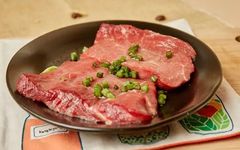Blood nourishment, as a key aspect of maintaining health and enhancing vitality, has been a focus of attention since ancient times. In the pursuit of a healthy lifestyle, choosing the right foods for blood nourishment is undoubtedly a natural and effective approach. Today, we will explore in detail which foods can help us effectively nourish our blood and revitalize our bodies.
What to Eat for Blood Nourishment
1. Red Meat: A Dual Gift of Iron and Protein
Beef: Rich in heme iron, which is easily absorbed by the human body, beef is a standout in blood-nourishing diets. Consuming an appropriate amount of beef can effectively improve anemia symptoms and provide abundant protein to enhance physical strength.
Lamb: Also rich in iron and high-quality protein, lamb contains a wealth of B vitamins that help promote metabolism and strengthen the body.
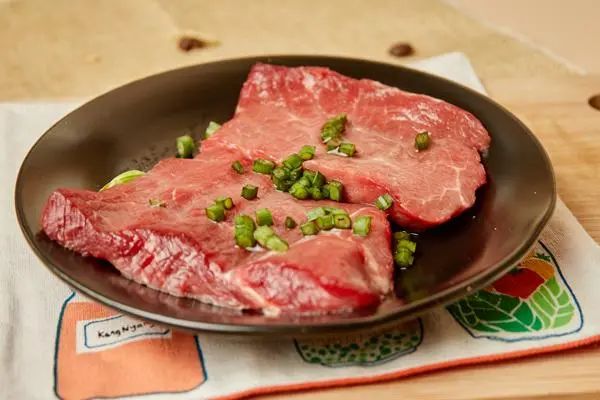
2. Animal Liver: A Nutrient-Dense Blood Nourishing Delicacy
Pork Liver: Extremely high in iron, and rich in vitamin A, B vitamins, and folic acid, pork liver is an excellent choice for blood-nourishing diets. Consuming pork liver in moderation helps promote red blood cell production and improve blood quality.
Chicken Liver: Also rich in iron and various nutrients, chicken liver has a delicate texture that is easy to digest and absorb, making it an ideal choice for blood nourishment.
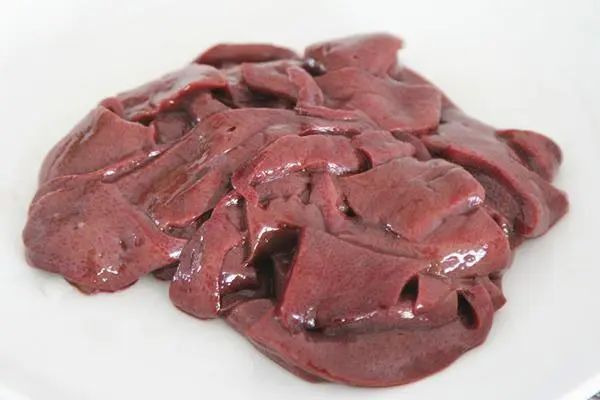
3. Leafy Greens: Nature’s Little Helpers for Blood Nourishment
Spinach: Rich in iron and vitamin C, spinach helps promote the absorption and utilization of iron. Additionally, spinach is high in dietary fiber, which supports intestinal health.
Chinese Broccoli (Jie Lan): The iron and vitamin C content is also significant, and Chinese broccoli is rich in folic acid, which helps maintain blood health.
Oilseed Lettuce: Rich in vitamin A, vitamin C, and iron, oilseed lettuce is another excellent choice for blood-nourishing diets.
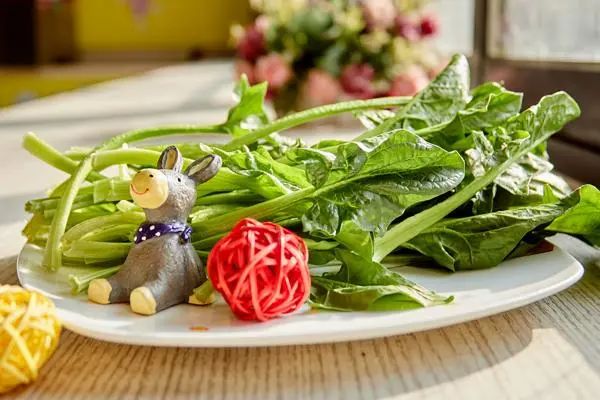
4. Fruits: A Rich Source of Vitamin C
Citrus Fruits: Such as oranges and grapefruits, are rich in vitamin C, which helps promote iron absorption and enhance blood-nourishing effects.
Strawberries: Not only rich in vitamin C, but also packed with antioxidants that help beautify the skin and enhance its glow.
Kiwi: Extremely high in vitamin C, making it an ideal fruit for blood-nourishing diets.
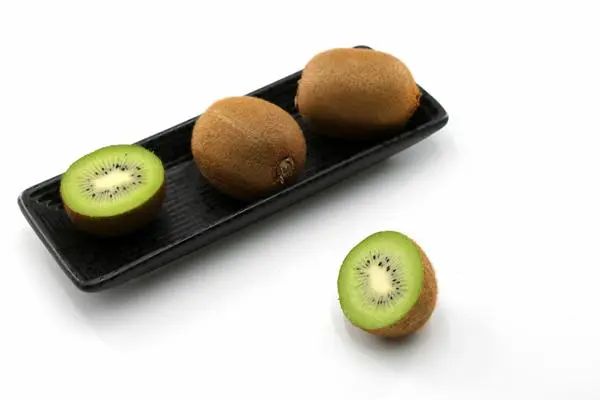
5. Legumes and Nuts: A Treasure Trove of Plant-Based Nutrition
Red Beans: Rich in iron and dietary fiber, they help with blood nourishment and intestinal health. Additionally, red beans are high in protein and B vitamins, which help enhance physical strength.
Black Beans: Also rich in iron and protein, black beans contain abundant vitamin E and unsaturated fatty acids, which help protect cardiovascular health.
Walnuts: Rich in vitamin E and folic acid, they help with blood nourishment and beautifying the skin. Additionally, walnuts are high in unsaturated fatty acids, which help lower cholesterol.
Almonds: Rich in vitamin E and iron, they help with blood nourishment and enhance immunity. Additionally, almonds are high in dietary fiber, which supports intestinal health.

Blood nourishment, as an important aspect of maintaining human health and enhancing vitality, has always been a focus of attention. However, in the pursuit of blood nourishment, many people easily fall into misconceptions that lead to poor results and may even negatively impact health. Today, we will unveil these misconceptions about blood nourishment to help everyone navigate through the fog of misunderstanding, scientifically nourish the blood, and protect health.
Debunking Common Misconceptions about Blood Nourishment
1. Misconception 1: Blood nourishment is just about iron supplementation
Truth: While iron is an important element for blood nourishment, it is not synonymous with blood supplementation. Blood nourishment is a comprehensive process involving red blood cell production, blood circulation, nutrient absorption, and more. In addition to iron, nutrients such as protein, B vitamins, and folic acid are also crucial for blood nourishment. Therefore, a diverse diet focusing on comprehensive nutrition is essential for blood nourishment.
2. Misconception 2: Eating more red dates and Ejiao (Donkey-hide Gelatin) will suffice for blood nourishment
Truth: Red dates and Ejiao do have certain blood-nourishing effects, but they are not panaceas. Red dates are rich in iron and vitamin C, which help promote iron absorption, but excessive consumption may lead to digestive issues. Ejiao is rich in collagen and various amino acids, which help beautify the skin, but it may not be suitable for everyone, especially those with weak spleen and stomach. Therefore, blood nourishment should be based on individual constitution and nutritional needs when selecting ingredients.
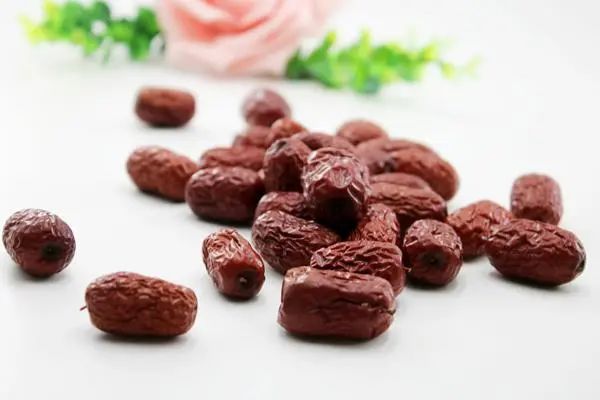
3. Misconception 3: Animal liver is the best for blood nourishment, so eat more of it
Truth: Animal liver is indeed rich in iron and various nutrients, making it an excellent choice for blood-nourishing diets. However, excessive consumption of animal liver may lead to increased cholesterol levels and a higher risk of cardiovascular diseases. Additionally, animal liver may contain heavy metals and toxin residues, and long-term excessive consumption may adversely affect health. Therefore, blood-nourishing diets should include animal liver in moderation while focusing on a variety of other ingredients.
4. Misconception 4: The faster the blood nourishment, the better
Truth: Blood nourishment is a gradual process that requires time and patience. Rapid blood nourishment may lead to increased bodily burden and even adverse reactions. For example, excessive iron supplementation may cause iron toxicity, resulting in symptoms such as nausea, vomiting, and diarrhea. Therefore, blood nourishment should be gradual, based on individual constitution and nutritional needs, to develop a reasonable blood nourishment plan.
5. Misconception 5: Blood nourishment only requires attention to diet, with no need for exercise
Truth: Exercise is an indispensable part of blood nourishment. Moderate exercise can promote blood circulation, accelerate the delivery and utilization of nutrients, and enhance the effects of blood nourishment. Additionally, exercise can strengthen the body and improve immunity, playing a positive role in preventing anemia and other diseases. Therefore, blood-nourishing diets should be combined with appropriate exercise for optimal results.

6. Misconception 6: Blood nourishment is exclusive to women
Truth: Blood nourishment is not exclusive to women; men also need to pay attention to blood nourishment. Although women are more prone to anemia during special periods such as menstruation, pregnancy, and lactation, men can also experience anemia due to malnutrition, chronic diseases, and other reasons. Therefore, blood nourishment should be a health topic of concern for everyone, regardless of gender, and both men and women should focus on blood-nourishing diets and exercise.
In conclusion, blood-nourishing diets are both a science and an art. By scientifically and reasonably selecting ingredients and wisely combining foods, we can not only replenish qi and blood, enhance health levels, but also enjoy the pleasure and satisfaction that comes from delicious food. Let us cherish this nourishing path gifted by nature and make blood nourishment a beautiful habit in our lives!

